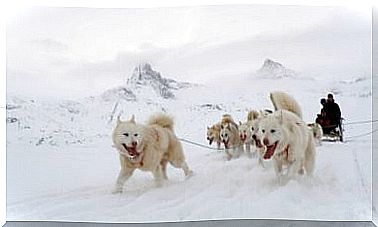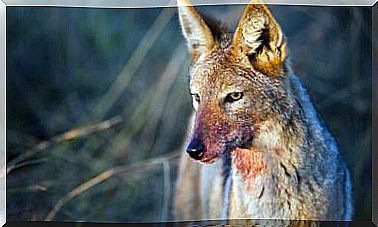6 Curiosities Of The Yellow Penguin
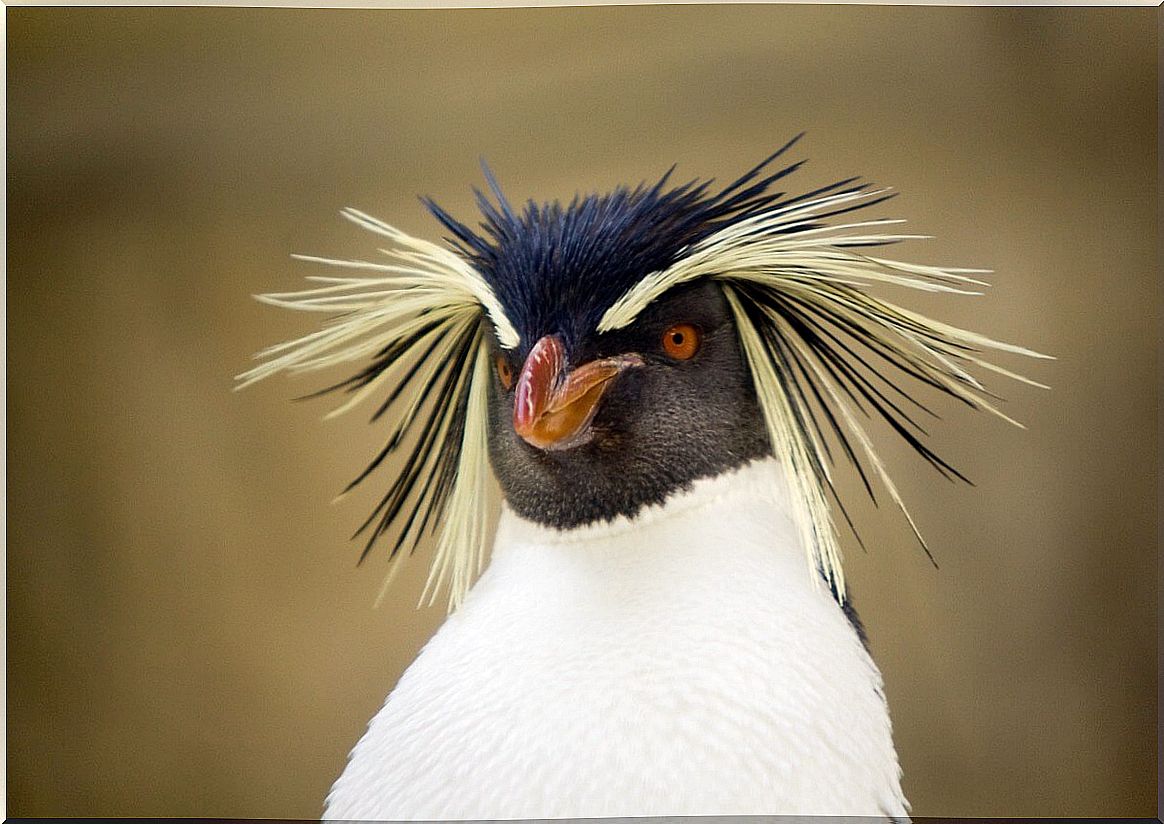
On planet Earth there are numerous animal species that stand out for their beauty or marked personality, as is the case of the bird that concerns us here, the yellow penguin. This penguin is known for the hue that gives it its name, but has many more curiosities that can be overlooked.
For this reason, today we focus on knowing different contributions of this animal beyond its coloration. Keep reading and don’t miss any details about it!
Curiosities of the yellow penguin
Next, we present you 6 striking curiosities about this fantastic animal. Do not miss them, because the yellow penguin is as beautiful as it is interesting on a behavioral level.
1. The reason behind his name
This penguin responds to the scientific name of Eudyptes chrysocome or Eudyptes crestatus, although it commonly receives other nicknames. Specifically, the one that gives title to this opportunity stands out, «yellow penguin», but it can also be known as «rockhopper penguin».
However, those responsible for this curious name are the set of yellow feathers that resemble the animal’s eyebrows. When the bird raises these yellow “eyebrows”, they adopt a shape reminiscent of a plume, in a very nice way.
In English, this species receives a different name from the previous ones, associated with its habit of moving on land by jumping with both legs together. For this reason, they have given him the nickname of rockhopper , which comes to mean “jump rocks.”
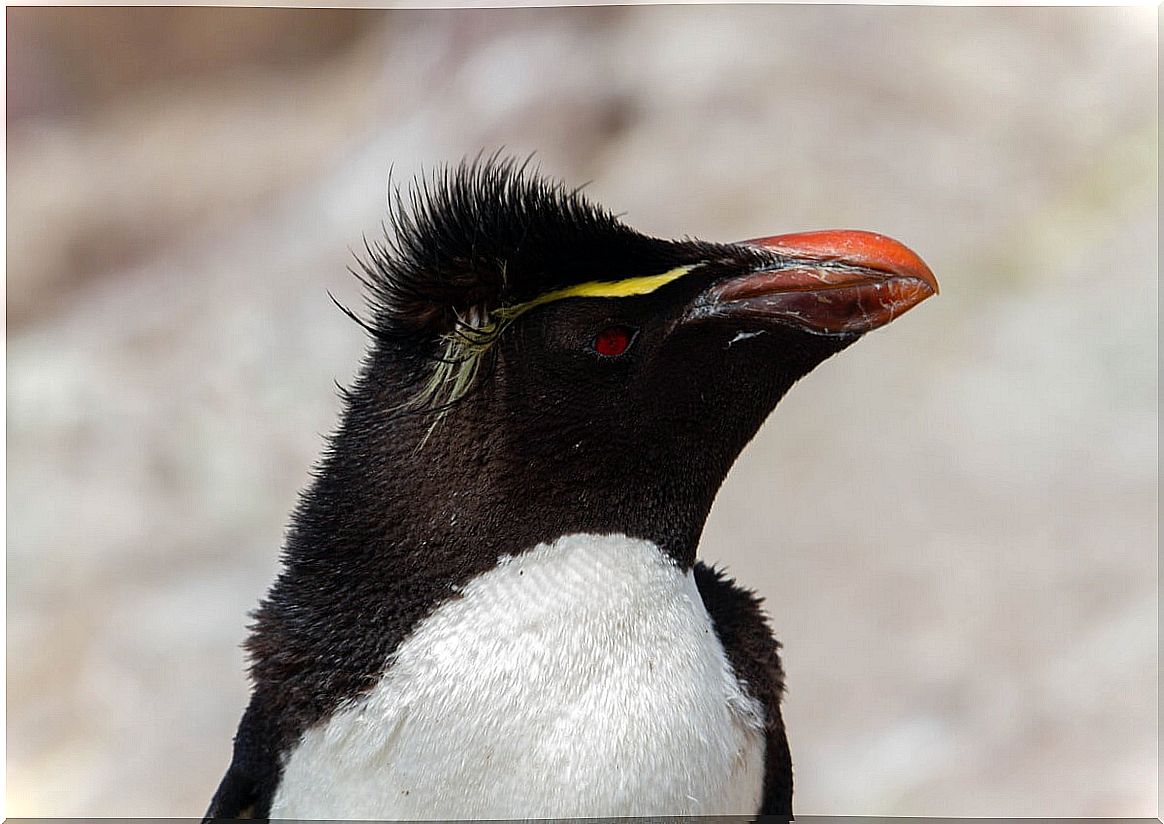
2. There are 2 species of rockhopper penguins
In the past, 2 subspecies were considered to exist within the Rockhopper penguin species. In this way, each of them was named after the region in which it was found.
However, today 2 different species are considered at a morphological and genetic level. Differences have also been detected when communicating through vocalizations. However, the common name between the two has been maintained:
- Southern Rockhopper Penguin or Eudyptes crestatus .
- Northern Rockhopper Penguin or Eudyptes moseleyi .
On the other hand, these species can be confused with the golden- fronted penguin , Eudyptes chrisolopus . They differ in the position of the feathers or “eyebrows” and in that Eudyptes chrisolopus has the black V-shaped throat border, which is straight in Eudyptes crestatus.
3. It is the smallest penguin
Another striking feature about the yellow penguin is its small size, reaching a length of 55 centimeters. This makes it the smallest penguin of all, both of the crested and Antarctic varieties.
4. They are animals with hostile behavior
Normally, individuals of this species are quite aggressive with each other, as well as with other birds – with whom they dispute nesting sites. However, it has been observed that, on the contrary, his behavior with his partner is extremely gentle.
5. Food influences the survival of the young
Although it has already been seen that food deprivation or scarcity influences the offspring, this behavior is striking in these penguins. It has been observed that females normally lay 2 eggs in the month of November.
However, in situations where food is scarce, only the second of the eggs will be hatched. Both parents take care of the egg and the offspring that may be born.
After the egg hatches and the hatchling or offspring hatch, they are called down and are cared for by the parents. In their first month of life they have full parental care, in the second month nurseries are formed and from the third month, the down go to the sea.
5. Conservation status and natural predators
Although marine mammals – such as killer whales and monk seals – bear the title of natural predators of these birds, they are not the only ones. Other predators introduced by man have been detected on the islands where penguins live. Specifically, cats, rats, pigs or wild mammals.
These – and other anthropic threats – that influence their lifestyle, have led to a rapid decline in the population of the species mentioned. This in turn has led to them being classified as vulnerable taxa by the International Union for Conservation of Nature (IUCN).
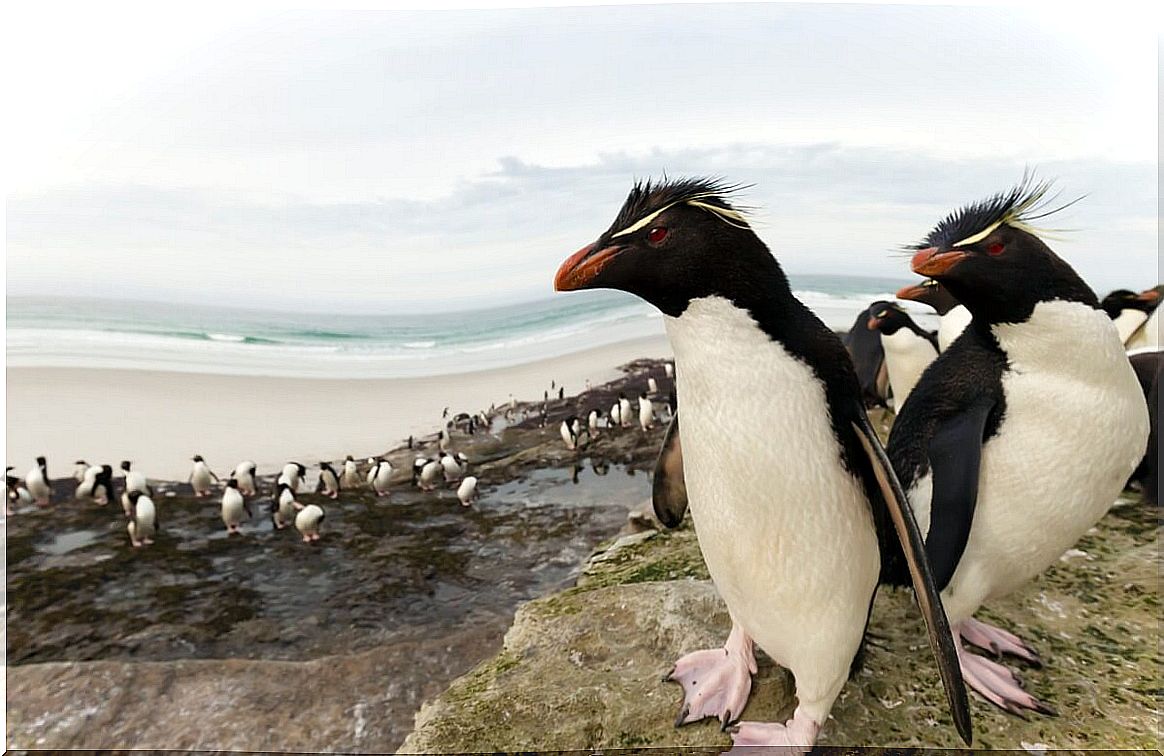
In short, sometimes the common names of some animals are so striking that they leave out very interesting characteristics of the species. The yellow penguin is living proof of this, as its fascinating features go beyond the plume of feathers above its eyes.
In order to continue learning more about this and all the species found on Earth, we must protect them. In this way, we will achieve a world in which all the species that comprise it coexist without problems.
